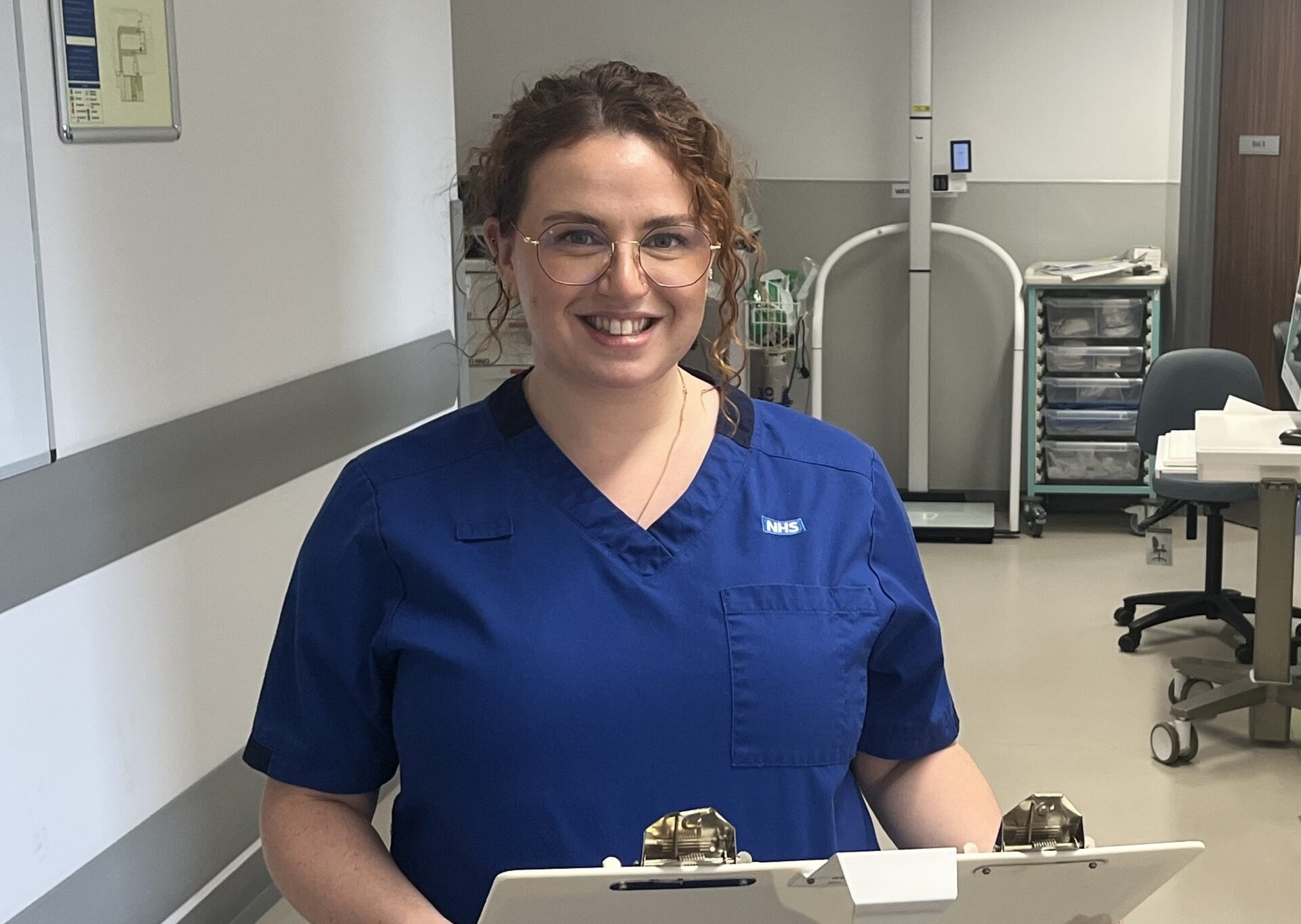From Ward to Innovation: My Journey with Martha’s Rule pilot at The Christie

In this blog, Gabbi Cohen, Project Manager for Martha’s Rule at The Christie, shares her journey transitioning from frontline nursing to leading the pilot implementation of Martha’s Rule and the Patient Wellness Questionnaire. She reflects on the challenges, cultural shifts, and collaborative efforts that shaped the project, offering insights into how innovation can improve patient safety and experience from behind the scenes.
After eight years at The Christie in various nursing roles, I stepped into a new challenge: leading the implementation of MR (Martha’s Rule) and PWQ (Patient Wellness Questionnaire). Though not directly patient facing, this role offered me a chance to positively impact patient experience in a meaningful way.
Building MR from the Ground Up
Starting with research and staff surveys, we identified gaps in escalation processes. Using our electronic bleep system, we launched a new MR call type with no calls yet, which suggests staff are escalating concerns effectively through existing channels. Initial hesitancy around MR has faded, thanks to strong communication and cultural buy-in.
PWQ: A Vital Early Warning System
Inspired by other hospitals, we developed and piloted a PWQ, refining it through staff feedback. We found for our staff, that having our staff nurses complete this worked best. After successful trials, we have rolled it out across all inpatient wards. We are waiting for a digital care plan to be created which is causing some fluctuation in compliance. We are seeing strong engagement and gaining valuable insights, including early signs of patient deterioration.
Engagement and Culture Shift
Changing culture is not easy. We’ve utilised posters, forums, emails, and face-to-face engagement to build awareness. Networking has been key. Patient engagement has also shaped our approach, with a hard launch for patients planned for mid-September 2025. Leaflets and webpages will be available, and we have trained our Switchboard staff, who will be receiving the calls from patients.
Lessons Learned
Would I do it all again? Absolutely. Working on the project full time for the last few months has been crucial for consistency and progress. Pre-empting different groups hesitancies early on, have allowed us to progress quicker. However, this time has been a vital opportunity to consistently engage with different clinical groups and build trust and understanding. Having a named medical lead from the start have helped in some of these situations. Despite some initial media misconceptions, MR is now mostly understood and embraced. This journey has been challenging, rewarding, and a testament to the power of persistence and collaboration, I couldn’t have done it on my own!


